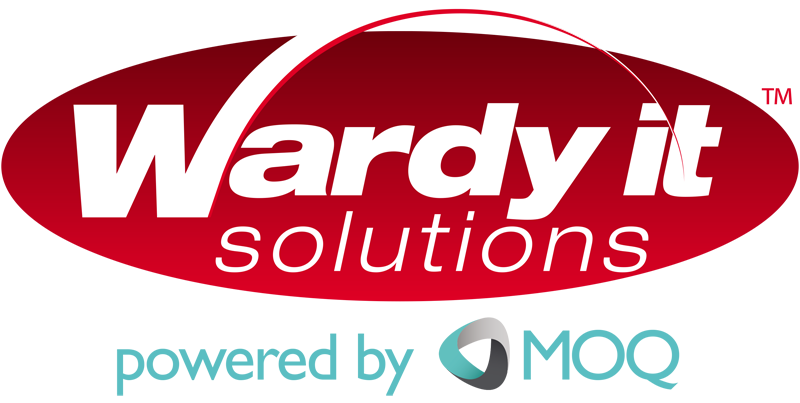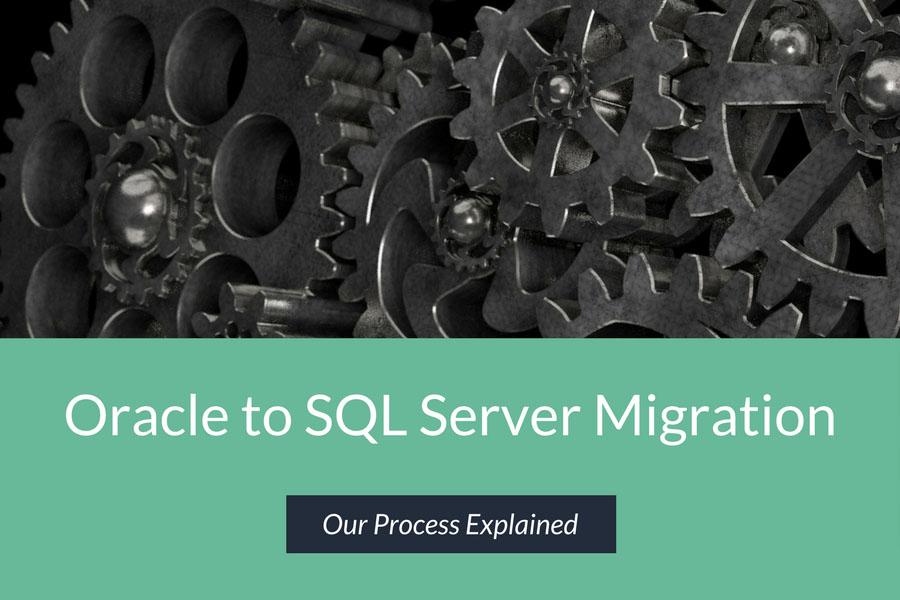Over the past few months, we’ve seen an increasing number of organisations looking to migrate from Oracle to Microsoft SQL Server. As a consultant in the Data Platform team at WARDY IT, I thought it would be useful to share the Oracle to SQL Server migration process myself and the team use.
The first step in any migration from Oracle to SQL Server is to gain an understanding of your existing Oracle environment. One of the tools I like to use is the SQL Server Migration Assistant (SSMA) tool. It quickly shows a high level view of the magnitude of the migration and the scope. I believe that one of the most important and often overlooked aspect is a workshop or discussions with the existing Oracle staff. The staff can usually provide crucial information about the current Oracle environment particularly around interfacing systems such as feeds and reports.
Once the assessment is complete, the project can be sized and costed with a migration plan produced. We estimate the effort required to migrate from Oracle to SQL Server based on the components that require migration. Some components will require little or no conversion while other components may require manual conversion. In my opinion, it’s best to automate the conversion process as far as possible to reduce risk.
With acceptance of the migration plan, we then execute the project as a partnership, taking every opportunity to transfer our knowledge to existing Oracle staff, ensuring they are in the best position possible to provide support for the migrated SQL Server environment. Extensive testing can then be performed. We carry out a number of dry runs prior to implementation based on the complexity of the project.
While the migration project may feel daunting and challenging to existing Oracle staff, it can give them opportunities to broaden their skill sets through learning new products and technologies. The team at WARDY IT can also assist with SQL Server training to speed up the process. For teams who don’t feel comfortable supporting their new SQL Server environment or for those of you who’d rather not spend your time on operational database tasks, our team of Microsoft Certified DBAs can manage and maintain your environment as part of the Virtual DBA service.
While this is not an in-depth explanation of the Oracle to SQL Server migration process, hopefully it has given you a better understanding of the process we take.
To summarise, our approach is:
- Assess your current environment and review the migration readiness.
- Demonstrate a realistic project cost and a comparison between Oracle and Microsoft SQL Server.
- Create a detailed migration plan including testing and validation.
- Our Microsoft Certified Data Platform consultants will carry out the migration.
- Once the migration is complete, take advantage of our 24x7x365 Virtual DBA Service to keep your workload running at maximum performance.
If you’re contemplating an Oracle to SQL migration or if you would like some advice, please get in touch using the form below or call us directly on 1300 927 394 or +61 7 3054 5300 if you’re calling from outside Australia.

